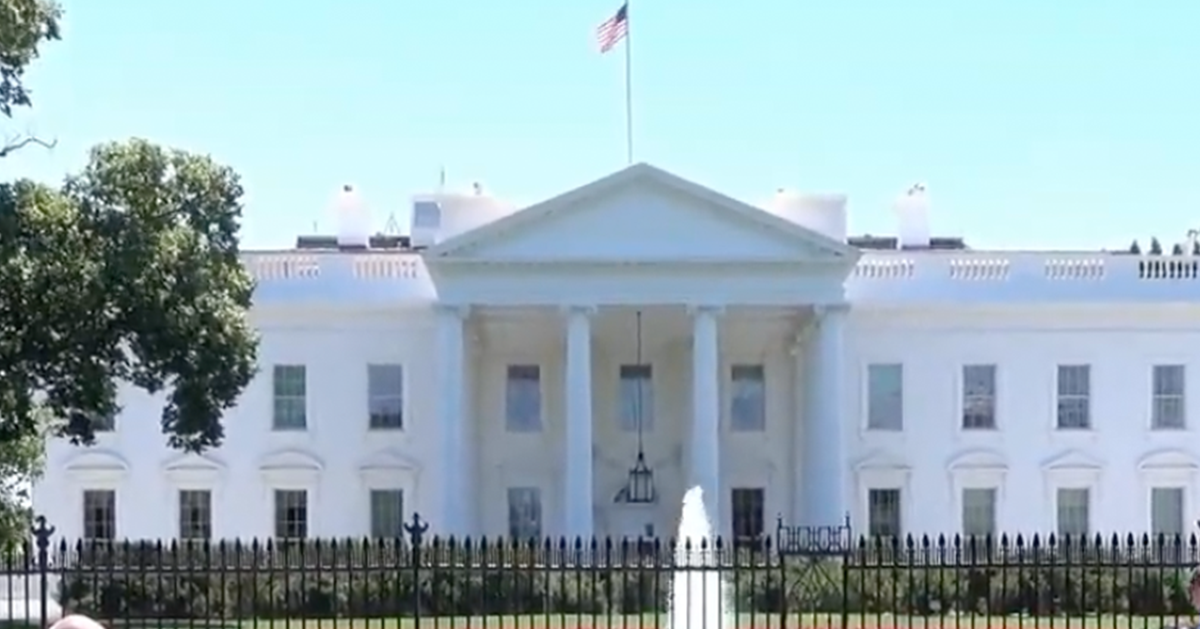Biden Blocks Drilling, Mining on 28M Acres in Alaska Amid Tribal Feedback
The White House has implemented a comprehensive ban on drilling and mining across more than 28 million acres of public lands in Alaska, marking a significant shift from policies established under the Trump administration.
The Biden-Harris decision, purportedly aimed at protecting vital natural, cultural, and subsistence resources, follows consultations with Alaska Native Tribes and community stakeholders, as National Review reports.
Reversing Trump-Era Land Use Policies
In the final days of his presidency, former President Donald Trump proposed a series of land-use changes that would have opened large areas of Alaska’s public lands to resource development, including oil and gas exploration.
These changes were met with considerable concern from local communities, particularly Alaska Native Tribes, who feared the potential impact on their lands and way of life.
Upon taking office, President Joe Biden's Department of the Interior took swift action to pause Trump's order.
The department initiated a comprehensive environmental study to assess the potential impacts of mining and drilling in these areas. This study was said to be a critical step in ensuring that the voices of local and tribal communities were heard in the decision-making process.
Interior Secretary Deb Haaland played a key role in guiding this process. Under her leadership, the Department of the Interior organized 19 community meetings, gathering input from Alaska Native Tribes, Native Corporations, rural and urban communities, and the general public. Haaland emphasized the importance of tribal consultation in federal decision-making, noting that it must be treated as a requirement rather than an option.
Protecting Alaska’s Natural and Cultural Heritage
After a thorough review of the environmental study and community feedback, Haaland announced the administration’s decision to ban mining and drilling on the 28 million acres in question. This move effectively reversed the Trump-era policy, reinstating protections that had been in place for decades.
“Continuing these essential protections, which have been in place for decades, will ensure continued access and use of these public lands now and in the future,” Haaland said. She highlighted the critical importance of these lands to the natural, cultural, and subsistence resources of Alaska’s Native communities.
The Biden administration’s decision also put a stop to several high-profile mining projects, including the Ambler Access Project. This project, proposed by Ambler Metals, involved the construction of a 211-mile industrial road to a copper mine valued at approximately $7.5 billion.
Trump had initially permitted the project in 2020 with backing from Alaska’s congressional delegation, but Biden’s administration reopened the case for additional environmental impact analysis before ultimately blocking the project in June.
Balancing Conservation with Energy Needs
In addition to the mining ban, the Biden administration took further steps to protect Alaska’s environment by restricting oil and gas development on 40 percent of the National Petroleum Reserve. This move was made in alignment with Biden’s broader goal of conserving 30% of the nation’s land and water resources by 2030, a key component of his environmental agenda.
However, the decision to block resource access has sparked concern among some Alaskan lawmakers. Sen. Lisa Murkowski (R-AK)) expressed frustration with the administration’s approach, arguing that it could undermine the country’s energy security.
“When you take off access to our resources, when you say you cannot drill, you cannot produce, you cannot explore, you cannot move it -- this is the energy insecurity that we’re talking about,” Murkowski said. She also pointed out that the materials needed for green energy initiatives, such as copper and other minerals, are found in the very lands that have now been protected.
Conclusion: A Landmark Decision with Long-Term Implications
The Biden administration’s ban on mining and drilling across 28 million acres of Alaska represents a landmark decision in the ongoing debate over land use, resource development, and environmental conservation. This policy reversal from the Trump era underscores what the administration says is its commitment to protecting natural and cultural resources, particularly those vital to Alaska Native communities.
While this decision aligns with President Biden’s broader environmental goals, it has also highlighted the challenges of balancing conservation efforts with the nation’s energy needs. As the administration continues to pursue its goal of conserving 30 percent of U.S. land and water by 2030, the debate over resource access and environmental protection is likely to continue.
The move to protect these lands reflects a broader trend toward more inclusive decision-making processes, where the voices of indigenous and local communities are given greater weight in federal land management decisions.
This decision, which the administration says is supported by extensive consultations and environmental studies, marks a significant shift in how the federal government approaches the stewardship of public lands.





